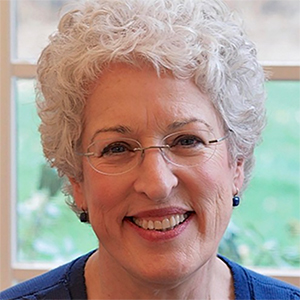Government Benefits: Navigating Medicaid and Medicare for Healthcare Support
Published in BenefitsWise
Medicaid and Medicare, two crucial government benefits programs, serve as the pillars of healthcare support in the United States, offering health coverage to millions of Americans. While Medicare primarily caters to the elderly and disabled individuals, Medicaid provides assistance to low-income adults, children, pregnant women, elderly adults, and people with disabilities. Understanding the eligibility, services covered, and enrollment process is pivotal for optimizing the benefits these programs offer.
Eligibility: Eligibility for Medicare is primarily based on age, with coverage beginning at 65; however, younger individuals with certain disabilities or end-stage renal disease are also eligible. Medicaid eligibility, on the other hand, is determined by income levels, and specific criteria vary by state due to differences in state-level Medicaid programs. Its essential to review individual circumstances against federal and state guidelines to determine eligibility for either program accurately.
Services Covered: Medicare is categorized into several parts, with Part A covering hospital insurance, Part B covering medical insurance, and Part D covering prescription drugs. There is also an option for Part C, or Medicare Advantage, which combines A, B, and often D, usually with additional services like vision and dental. Medicaid services, while varying by state, generally include inpatient and outpatient hospital services, physician services, laboratory and X-ray services, and long-term care services, among others. Preventive, dental, and vision care are often covered, especially for children under the Early and Periodic Screening, Diagnostic, and Treatment (EPSDT) benefit.
Enrollment Process: For Medicare, enrollment is automatic for those already receiving Social Security benefits when they turn 65. Others need to apply, which can be done online, over the phone, or at a Social Security office. Medicaid enrollment can be done through state-specific websites or the Healthcare.gov website. The process includes providing information on income, household size, and other pertinent details to determine eligibility and the level of benefits. Regular renewals are typically required to maintain coverage.
Navigating Medicaid and Medicare can seem intricate due to the myriad of services covered and the varying criteria for eligibility. However, these programs are indispensable in providing healthcare access to diverse populations, bridging the healthcare gap for the elderly, disabled, and underserved communities. By understanding the structures of these programs and the enrollment procedures, individuals can ensure they are availing themselves of the healthcare support available to them, contributing to healthier and more secure lives.
In conclusion, Medicaid and Medicare are foundational in the healthcare framework of the United States. A clear comprehension of eligibility norms, knowledge of the myriad of services covered, and a streamlined enrollment process are vital in leveraging these government benefits, ensuring comprehensive healthcare support to those in need, and fostering a healthier society.
Note: These articles are not a substitute for professional financial or legal advice. Always consult professionals for your specific needs.
This article was generated by Open AI with human guidance and editing along the way.





























Comments